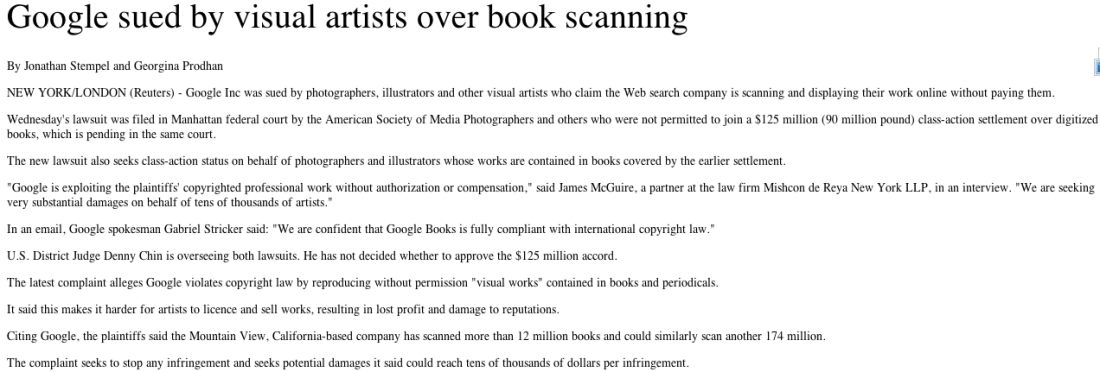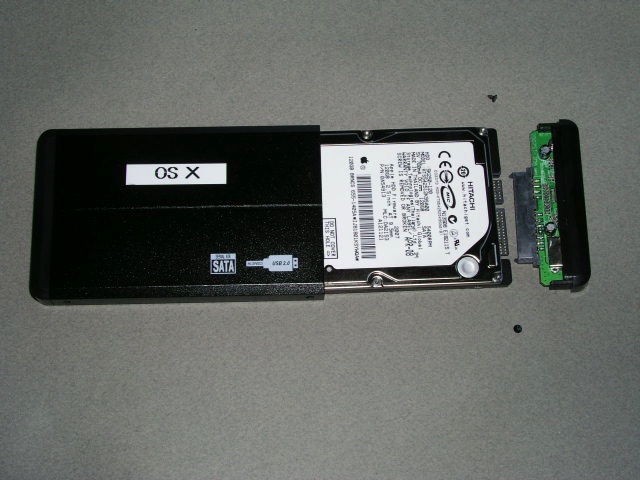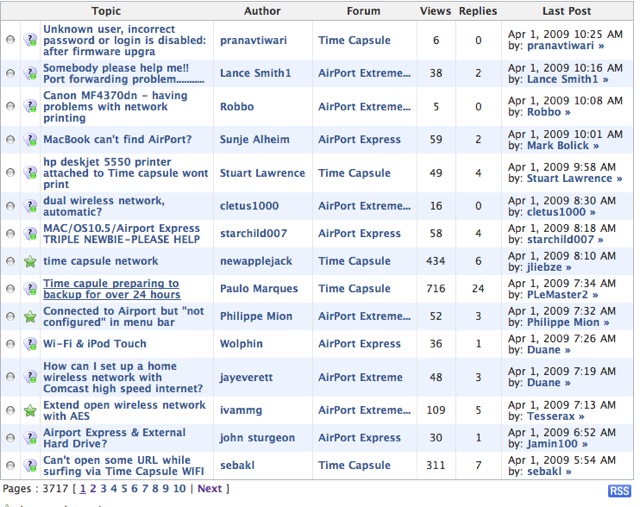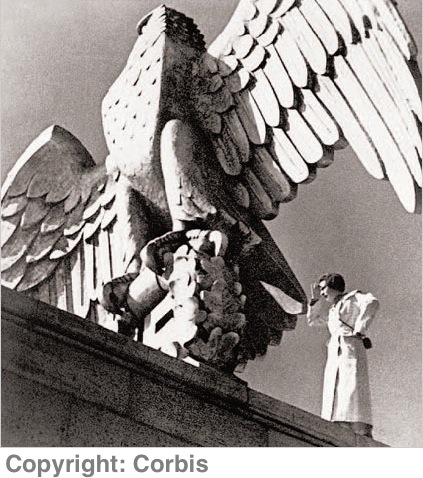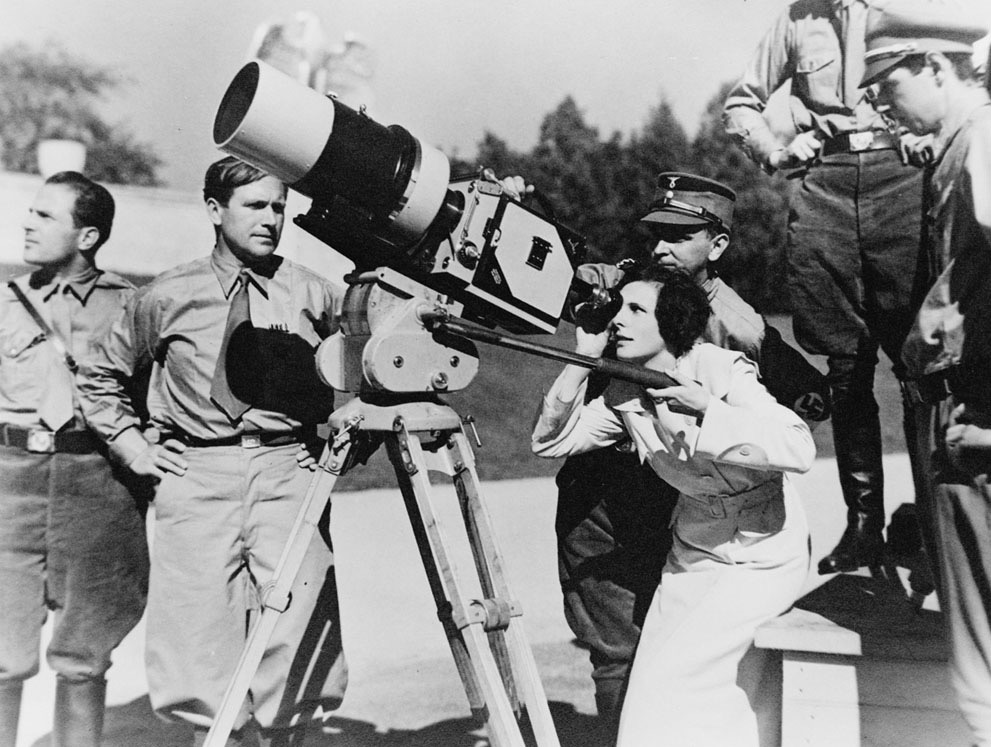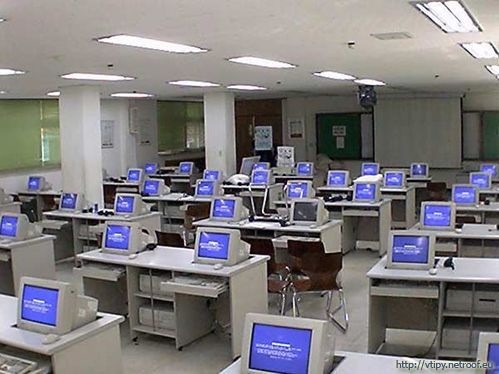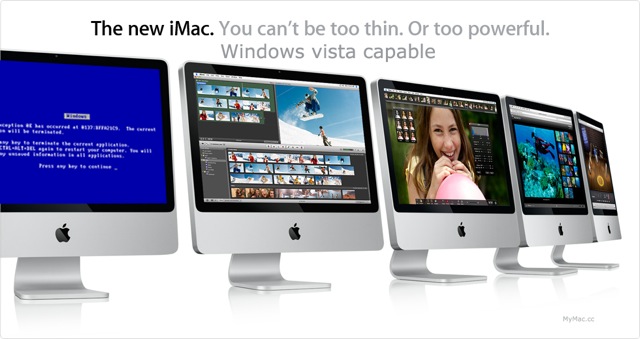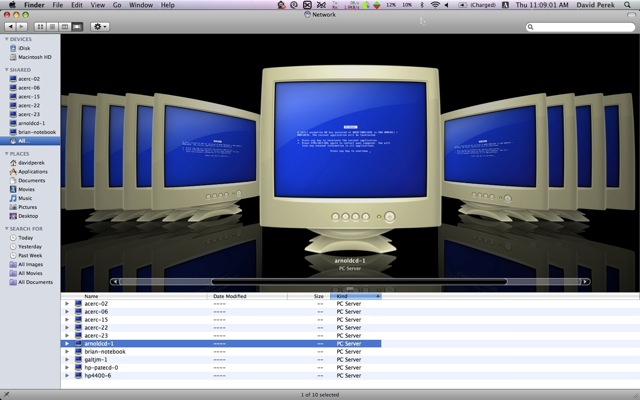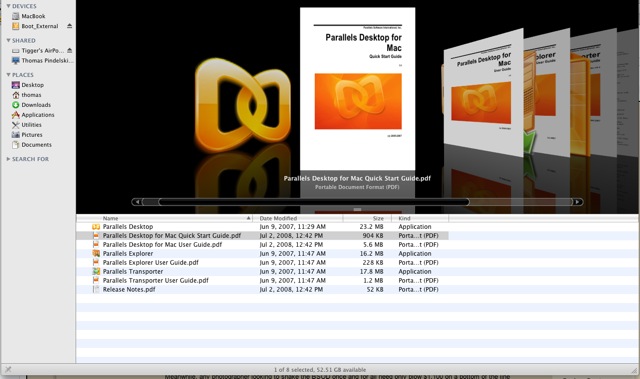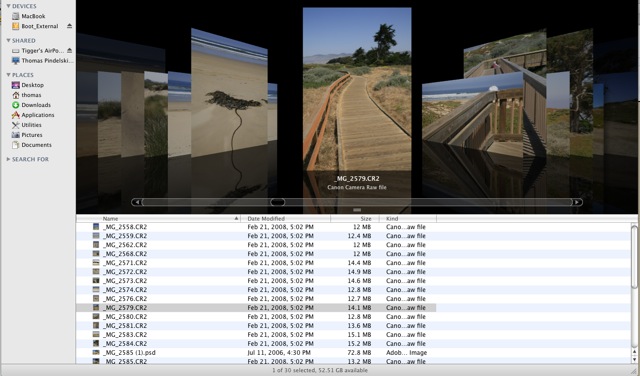Kindly take a leak elsewhere.
In addition to containing some of the best writing on the planet on all aspects of Photography, this site is totally commercial free and enjoys high and growing readership.
That’s a win-win for both the readers and this author. You enjoy, or not, what I write and I get the satisfaction of sharing my views with anyone who cares to check in. And if you don’t enjoy it, well, why are you coming here? Go elsewhere.
Further, the software running this site provides an extraordinary level of protection against comment spam wherein some crook tries to question your manhood and sell you pharmaceutical products guaranteed to cure all that ails you. Yet to leave a comment you don’t even have to complete arithmetical questions or enter cryptic codes. It’s as simple as can be, all the protection mechanisms invisible to the user.
None of that, however, protects me from the occasional Comment written by a real live person who falls straight into the category of Troll or Loser. Distinguishing facts about this miserable class member include, but are not limited to:
- Often still lives with his parents in the basement
- Has no job and blames the government
- Walks around with a vacant stare, arm outstretched, palm up, looking for a handout
- Has never done a single constructive or original thing in his miserable life
- Bathes infrequently and blames the world for shunning him
- And, yeah, it’s always a guy. They’re the ones with too much time on their hands.
So when I get a comment as asinine as the one below – I mean here we really have a guy who just does not get it – I check the above list and, sure enough, it’s from a guy, his thinking stinks, (he may also, but I’m not about to find out), he’s probably on the dole and you can be assured he has never had an original or constructive thought in his life.

Typical troll Comment, received today.
So, trolls and losers, if you expect to get away with this sort of leg lifting on my site, you should know that your comments WILL be published, right here for all to see.
But I was not brought up to take abuse and keep mum about it. You piss on my site and I’ll be pleased to reply in kind. Unknown to the grammatically challenged Anders Holt, I actually managed to get a picture of him – at least I’m pretty sure it’s him – and I publish it here for the first time as a service to my readers. Should you see this wretch do the right thing – hold your nose and cross the street.

On Market Street, San Francisco. G1 @ 17mm, 1/2000, f/4.5, ISO 320. Smell not included.
Meanwhile, off he goes to the global spam list, never to be heard from again.
